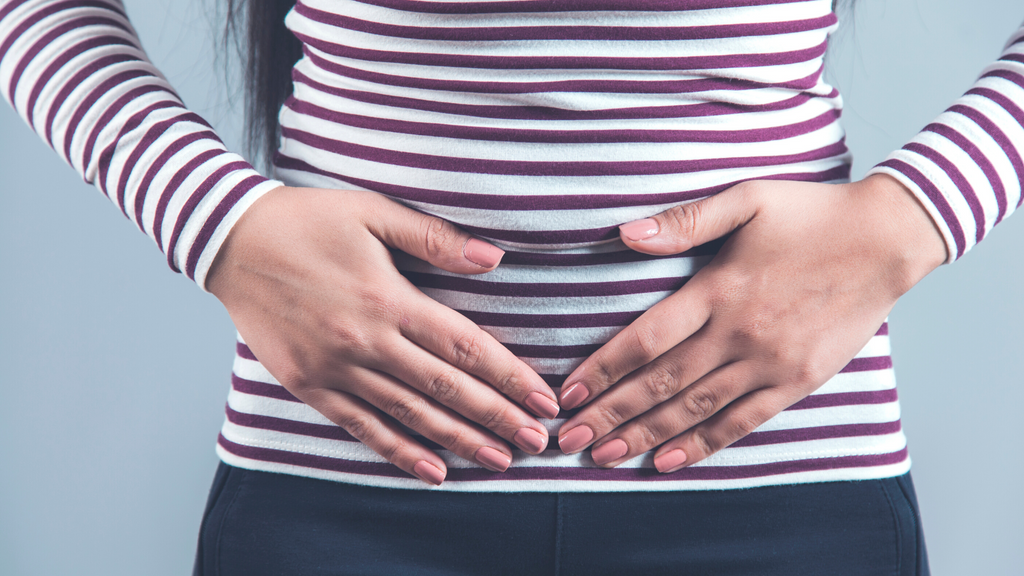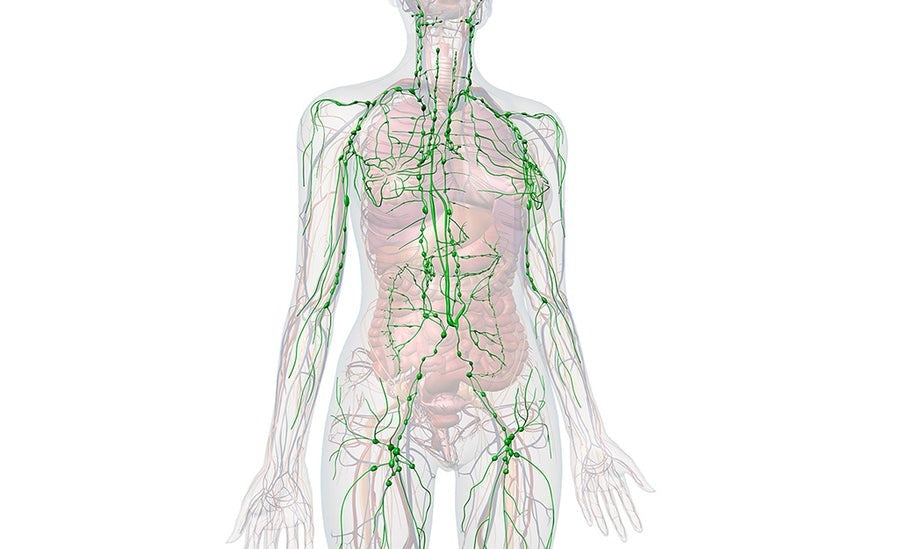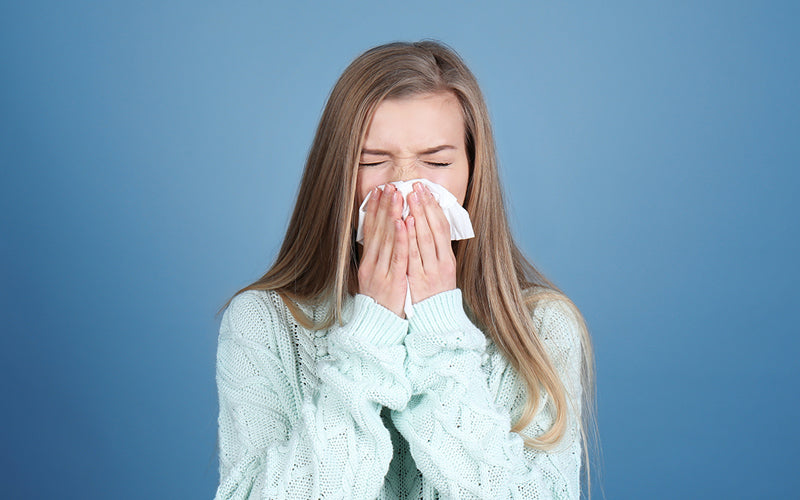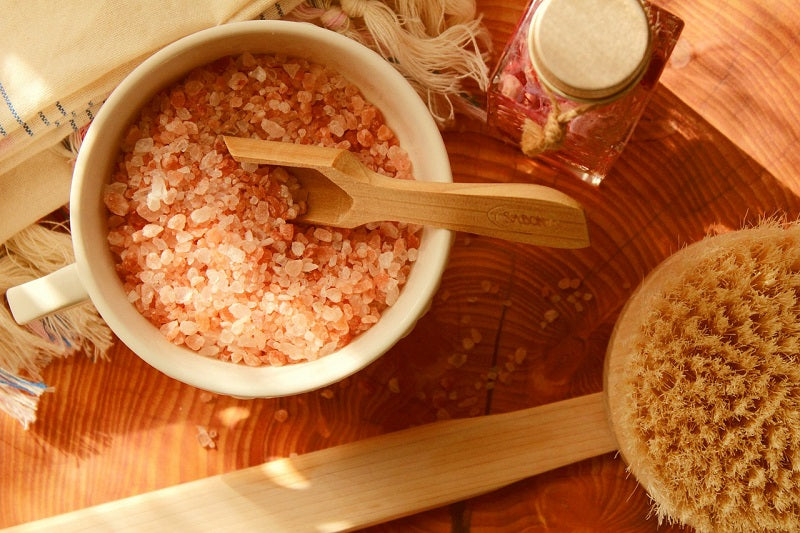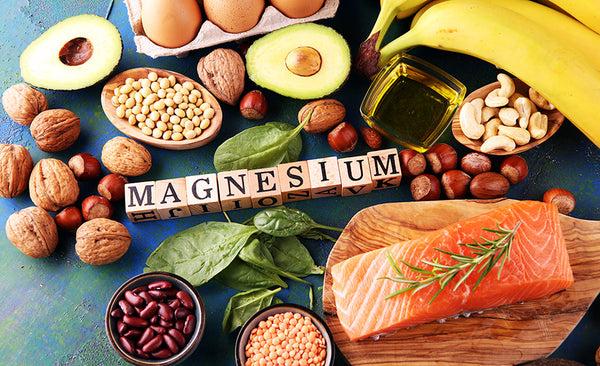Ovarian Cysts: Should You Be Worried or Not?
Ovarian cysts are small sacs in the ovary which contain fluid. These are very normal and form naturally during ovulation. Many women with ovarian cysts do not have any symptoms at all.
Functional Cysts
There are different types of cysts but the most common are follicular and corpus luteum cysts. These two are functional types of cysts related to the normal function and hormonal fluctuations of your menstrual cycle.
Follicular Cysts
In women who have regular menstrual cycles and ovulate monthly, an egg will grow inside a small sac called a follicle. During ovulation, the follicle ruptures and the egg is released. If the sac does not rupture, it can grow to form a follicular cyst. Often, women with follicular cysts do not have any symptoms. In some cases, however, the cysts may grow in size, fill with more fluid and blood, and cause swelling and pain.
Corpus Luteum Cysts
Once an egg has been released after ovulation, the empty follicle shrinks and becomes a corpus luteum. The role of the corpus luteum is to secrete progesterone to increase vascularity of the endometrium, should implantation of a fertilized egg take place. If this does not occur, then a woman will experience her period.
A corpus luteum cyst forms when an empty follicular sac does not shrink and instead seals itself up, accumulates fluid, and grows in size. Often, these cysts disappear on their own. Women who take medication to induce ovulation are at higher risk of forming corpus luteum cysts.
Other forms of functional cysts continue to be present in the female reproductive system even after menopause. Often these cysts are just monitored regularly via ultrasound to assess if intervention is needed or not.
Non-Functional Cysts
There are also other types of ovarian cysts which are not functional. Simply put, these cysts are not related to the normal functioning of your menstrual cycle.
Endometriomas or Chocolate Cysts
In women with endometriosis, the ovaries are a common site where endometrial lesions may grow and develop. These fluid-filled cysts get their name from their brown, chocolate-like appearance. While typically non-cancerous, these cysts often cause pain in the ovaries, especially during ovulation and menses.
Dermoid Cysts
Also called teratomas, ovarian dermoid cysts are the most unusual of cysts. They form from embryonic cells and can contain other types of body tissue such as teeth, bone and hair. Some can also grow large enough to cause discomfort and pain and may even lead to the ovary moving out of position.
Cystadenomas
These benign ovarian tumors filled with fluid and mucus can grow quite large, causing ovarian torsion and pain. Ovarian torsion is the painful twisting of the ovary which decreases or even stops blood flow to the ovary.
Signs that you may have ovarian cysts
The following are symptoms of ovarian cysts. Although symptoms are mainly associated with larger cysts, it is possible to experience symptoms with smaller cysts as well.
- Bloating and digestive discomfort
- Changes in bowel motions
- Pressure or pain in the lower abdomen
- Pain with sexual intercourse
- Bladder pain or pressure and changes in urinary habits
- One-sided abdominal pain or discomfort
- Painful periods
- Painful ovulation
- Severe abdominal pain caused by any type of cyst which bursts, bleeds, or causes ovarian torsion (twisting of the ovaries)
Many factors can contribute to pelvic pain and it can be difficult to get a quick and accurate diagnosis. However, sudden and severe pain should be attended to immediately by someone who specialises in this area.
If you have symptoms of an ovarian cyst, a diagnosis will be made via imaging (ultrasound). The type and size of the cyst, as well as your symptoms, will determine what treatment you will receive. Often, unless imaging results demonstrate overly concerning results, cysts are left under observation for approximately two months to see if they resolve on their own.
Surgical removal of cysts
There are a number of reasons why a cyst would be removed surgically:
- The cyst may look abnormal on an ultrasound (i.e. it may have extra tissue mass growing in it).
- It is large (volume exceeding 10 cubic centimetres).
- It is causing severe pain and interfering with your day-to-day activities.
- A ruptured cyst may be causing severe symptoms.
Ruptured cysts
Most cysts don’t rupture, but sometimes they do. Functional cysts are the most common type to rupture. When cysts rupture, they can cause symptoms which range from mild to severe. Ruptured cysts can be painless and mild to severely painful. Severe symptoms caused by ruptured cysts can include intense pain in the abdomen and even internal bleeding. If this is the case, you need medical attention and treatment immediately.
There are certain risk factors that increase your chances of developing an ovarian cyst:
- Hormonal imbalances. Any imbalance which hinders optimal ovulation can result in functional cysts.
-
Endometriosis. As mentioned above, the ovary is a common site of chocolate cysts or endometriomas.
-
Pregnancy. Sometimes the cyst which forms as a result of the egg you release remains on that ovary for the entire pregnancy.
-
Pelvic inflammatory disease or other pelvic infections can cause cysts to form if the infection reaches the ovaries.
- A history of cysts.
How Happy Hormones can help
Happy Hormones addresses the underlying cause of endocrine and hormonal imbalances to prevent cysts from forming. The aim is to promote a balanced endocrine system which regulates ovulation and menstruation effectively to prevent cyst formation.
If you have a history of functional cysts and sub-optimal ovulation, Happy Hormones works on the underlying communication between your brain and ovaries to better regulate the hormonal fluctuations and changes which occur during the various stages of your monthly cycle. Over and above that, Happy Hormones helps to promote and encourage healthy ovulation.
In the case of non-functional cysts like an endometrioma, Happy DIM helps reduce inflammation and regulate the estrogen-to-progesterone ratio in order to achieve a balanced internal environment that prevents the growth of endometriomas on the ovaries.
Happy DIM also aids with estrogen-to-progesterone ratios by encouraging optimal estrogen clearance via the gastrointestinal tract and should be considered if there is a history of endometriomas/chocolate cysts.
Summary
Cysts are a serious health concern for women and are best managed under a knowledgeable practitioners. Our practitioner team can assist you with the right advice for your individual situation.
REFERENCES
Cecilia Bottomley, Tom Bourne. Diagnosis and management of ovarian cyst accidents. Best Practice & Research - Clinical Obstetrics & Gynaecology. 2009 Oct;23(5):711-24.
https://doi.org/10.1016/j.bpobgyn.2009.02.001
Guillaume Legendre et al. Relationship between ovarian cysts and infertility: what surgery and when? Fertility and Sterility. 2014 Mar;101(3):608-14.
https://doi.org/10.1016/j.fertnstert.2014.01.021
Roa Alammari, Michelle Lightfoot, Hye-Chun Hur. Impact of Cystectomy on Ovarian Reserve: Review of the Literature. Journal of Minimally Invasive Gynecology. 2017 Feb;24(2):247-257.
https://doi.org/10.1016/j.jmig.2016.12.010
S A Farghaly. Current diagnosis and management of ovarian cysts. Clinical and Experimental Obstetrics & Gynecology. 2014;41(6):609-12. https://www.researchgate.net/publication/270289418_Current_diagnosis_and_management_of_ovarian_cysts
